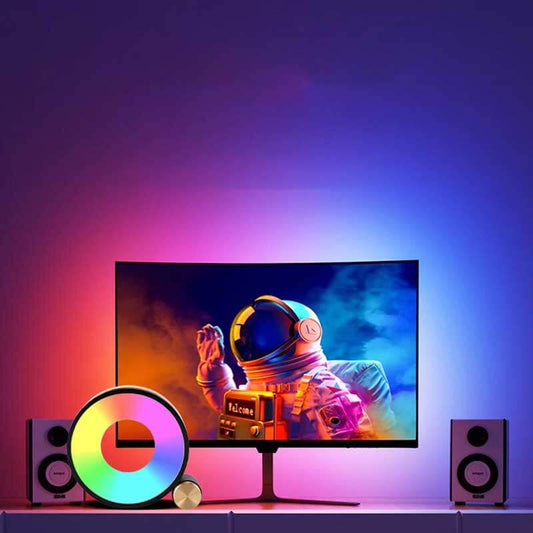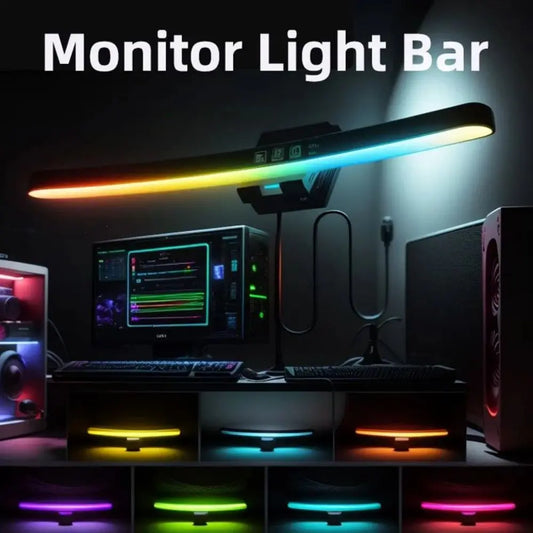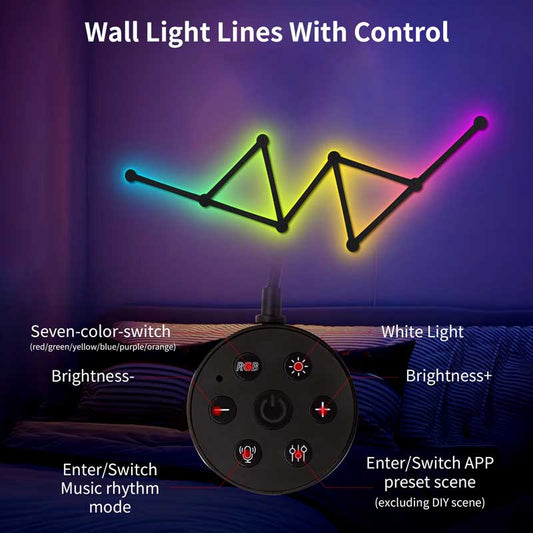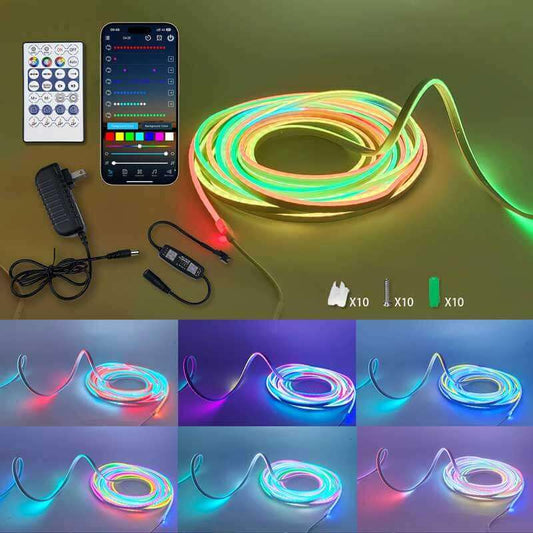How to reduce Switch input lag?
Share
Input lag can be a frustrating issue for gamers, especially when playing fast-paced or competitive games on the Nintendo Switch. Fortunately, there are several ways to reduce input lag and improve your gaming experience. Here’s a comprehensive guide on how to achieve this:
1. Use a Wired Connection (Ethernet) Instead of Wi-Fi
- Why It Helps: If you're playing online multiplayer games, a wired connection is significantly more stable and has lower latency than Wi-Fi.
-
How to Do It:
- Use the Nintendo Switch Dock to connect to the internet via an Ethernet cable.
- You'll need a USB-to-Ethernet adapter to connect the Switch to a wired network. Simply plug the adapter into one of the dock's USB ports and connect the Ethernet cable to your router.
2. Enable "TV Mode" and Use a High-Refresh-Rate TV/Monitor
- Why It Helps: Playing in TV mode offers better performance than handheld mode, and using a high refresh rate TV (e.g., 120Hz or 144Hz) can help reduce input lag by delivering smoother visuals and better response times.
-
How to Do It:
- If you're using a TV, make sure it has a high refresh rate, like 120Hz or 144Hz, for a smoother experience.
- In the Switch settings, ensure the resolution is set to 1080p for optimal performance on most modern TVs.
- Consider turning on Game Mode (usually available in TV settings) to reduce input lag.
3. Turn On "TV Mode" in the Switch's Settings
- Why It Helps: When playing in handheld mode, the Switch might add more processing for power efficiency, which can increase input lag. Switching to TV mode can minimize this delay.
-
How to Do It:
- Go to System Settings > TV Settings > and ensure that TV Mode is enabled.
4. Turn Off Motion Smoothing and Post-Processing Effects
- Why It Helps: Many modern TVs have settings like motion smoothing or motion interpolation, which are designed to make fast-moving scenes look smoother. However, these features often introduce additional input lag.
-
How to Do It:
- On your TV, turn off settings like motion smoothing, motion interpolation, and image processing in the settings.
- Look for options such as Game Mode or Low Latency Mode to further reduce processing delay.
5. Use a High-Quality HDMI Cable
- Why It Helps: A low-quality HDMI cable can result in poor signal transmission, which can contribute to input lag. Using a high-quality HDMI 2.0 or higher cable ensures better bandwidth and a more stable connection.
-
How to Do It:
- Make sure you're using a certified HDMI 2.0 cable that supports 1080p or 4K resolutions with 60Hz refresh rates (if using a 4K display).
- Avoid using long HDMI cables if possible, as they can reduce signal quality.
6. Optimize the Switch’s Display Settings
- Why It Helps: The Switch has several display settings that, when optimized, can help reduce input lag.
-
How to Do It:
- Go to System Settings > TV Settings > Resolution. Make sure it's set to 1080p for smoother gameplay on most TVs.
- Under System Settings, ensure Console Output is set to 60Hz for the best performance.
7. Update Your Switch and TV Firmware
- Why It Helps: Manufacturers often release firmware updates to improve performance, including input lag reduction.
-
How to Do It:
- For the Switch: Go to System Settings > System > System Update to ensure your console is on the latest software version.
- For your TV: Check the manufacturer's website or your TV's settings for firmware updates to ensure you have the latest performance improvements.
8. Adjust Controller Settings
- Why It Helps: The controller is a critical component in reducing input lag. Some users experience lag because of wireless interference or settings that are not optimized.
-
How to Do It:
- Wired Controller: If possible, use a wired Pro Controller to ensure direct and fast communication with the Switch.
- Wireless Controller: If you prefer a wireless controller, try to ensure the Bluetooth connection is stable by reducing interference. Position the Switch dock or the wireless receiver in an open area for optimal signal reception.
- Also, consider turning off unnecessary features like rumble or motion controls to reduce controller processing time.
9. Disable Auto-Brightness
- Why It Helps: The auto-brightness setting can cause occasional adjustments in screen brightness, which might add a slight delay.
-
How to Do It:
- Go to System Settings > Screen Brightness and disable Auto-Brightness to ensure the screen stays at a consistent brightness level.
10. Use the "Low Latency Mode" on Supported Displays
- Why It Helps: Many modern TVs and monitors have a Low Latency Mode designed specifically for gaming, which reduces input lag.
-
How to Do It:
- Check your TV’s settings to see if it has a Low Latency Mode, Game Mode, or Gaming Mode. This mode disables unnecessary processing and reduces input lag for a better gaming experience.
Bonus Tips:
-
Minimize External Interference: Ensure your gaming setup is free from wireless interference. Devices like Wi-Fi routers, microwave ovens, or Bluetooth speakers may cause interference with the Switch’s wireless controller signals.
-
Limit Multi-Tasking on the Switch: If possible, reduce the number of background tasks running on the Switch while gaming. Keep the console focused on the game to ensure optimal performance.
Where to Buy & Prices:
-
Nintendo Switch: Available for purchase on websites like Amazon, Best Buy, and GameStop.
- Standard Switch: Around $299 USD (for the original version).
- Switch OLED: Around $349 USD (for the OLED version with an upgraded display).
-
Pro Controller: If you need a wired or wireless controller with minimal lag, the Nintendo Switch Pro Controller is available for $69.99 USD on official retail sites like Nintendo’s Store, Amazon, and Best Buy.
Conclusion:
Reducing input lag on the Nintendo Switch is possible through a combination of hardware and software tweaks. Using wired connections, optimizing display settings, and using high-quality equipment (such as controllers and HDMI cables) are some of the most effective strategies. For competitive gaming, a high-refresh-rate TV, Game Mode, and a wired controller are especially beneficial. With these optimizations, you can enjoy a smoother, more responsive gaming experience on the Nintendo Switch.
For more tips on reducing input lag, you can explore resources like Digital Foundry on YouTube or TechRadar for in-depth comparisons and recommendations.




